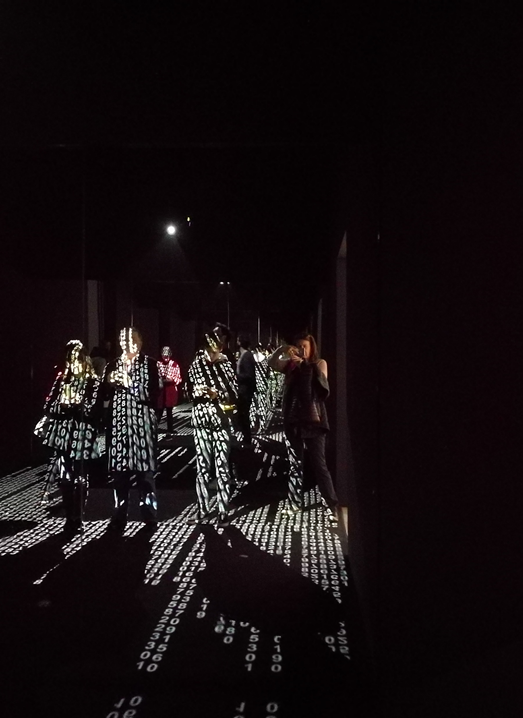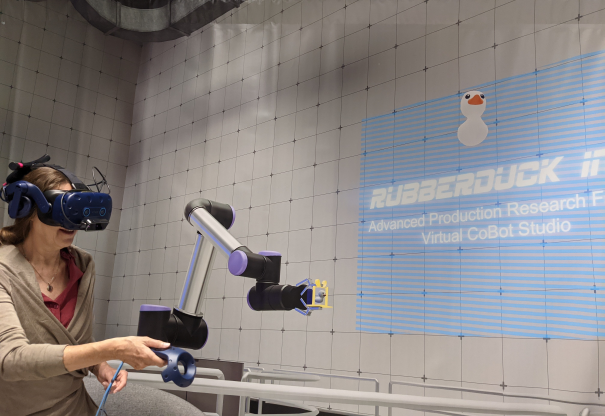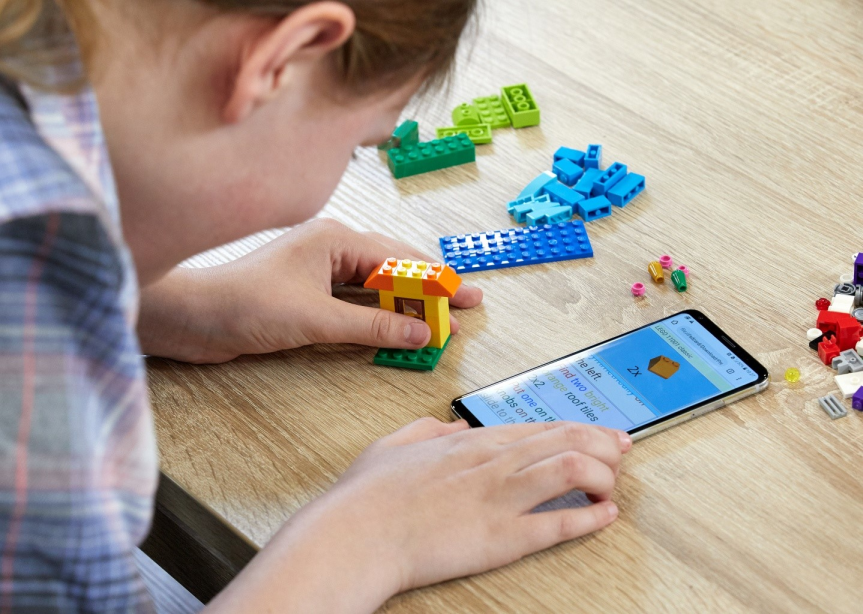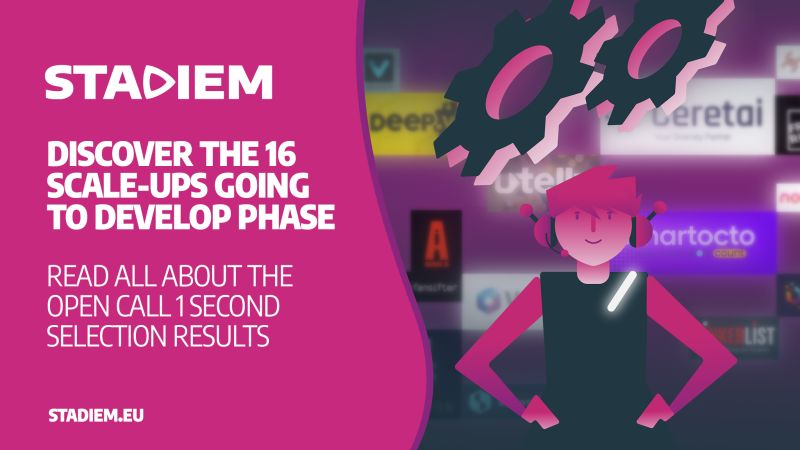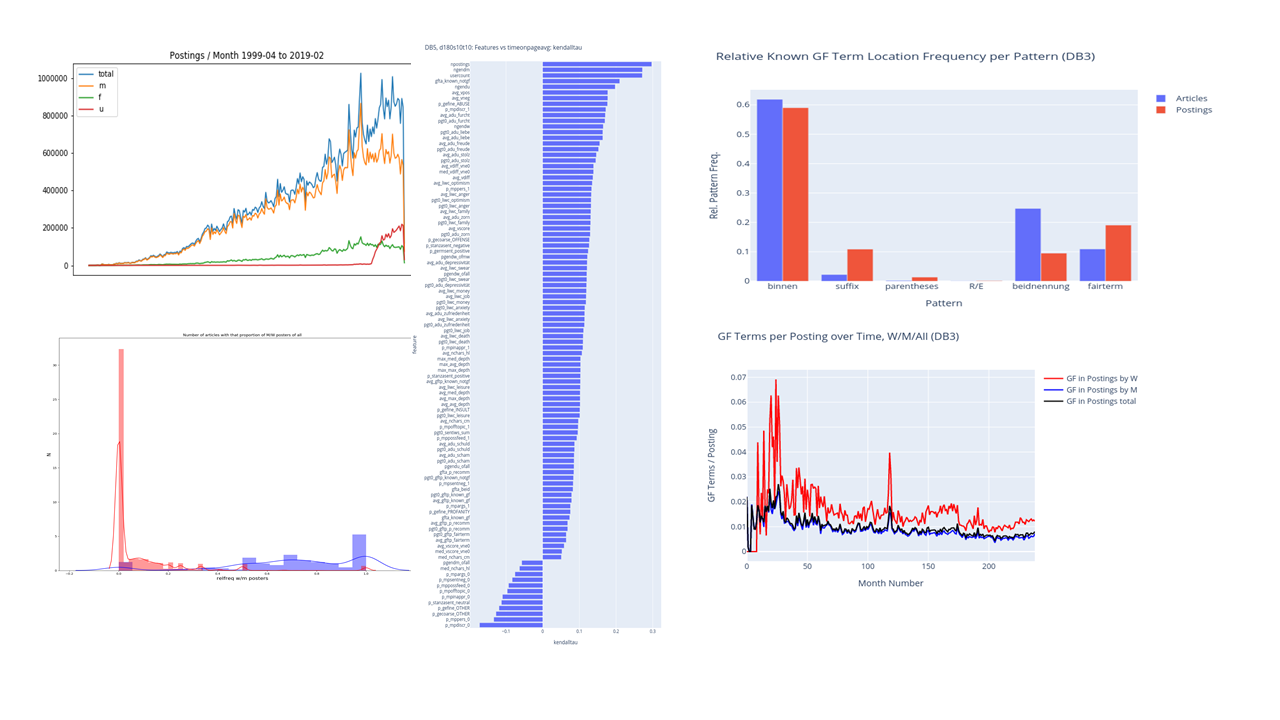Projects
2022-09 – 2026-08
Aspects of Noun Phrase Structure in Arabic
This project deals broadly with problems in the analysis of the way in which quantificational material is integrated with non-quantificational material in noun phrases in natural language. It studies these interactions with particular reference to the behavior of the comparative and superlative and quantificational adjectives (‘much/little’), and with particular reference to Arabic, which has cross-linguistically rare properties that shed new light on the these issues.
2021 – 2023
Ekip
A Platform for Ethical AI Applications
The project addresses questions of what it means to develop good and trustworthy AI applications. What are the ethical, legal and technical constraints to take into account and how to develop concrete ethics-by-design principles and implement these in a technical platform aiming for truly explainable and accountable AI? The research project brings together experts from ethics, AI ethics, computer science, AI, natural language processing, and data science.
2020 – 2023
Vokquant
Typology of Vowel and Consonant Quantity in Southern German varieties: Acoustic, Perception, and Articulatory Analyses of Adult and Child Speakers
An extended investigation of the (in)stability of phonemic quantity in vowel plus consonant (VC) sequences in southern German varieties has provided new evidence (1) for the Bavarian VC timing system to be currently changing both in Austria and Germany primarily due to dialect levelling, (2) for the cross-generational stability of VC patterns in Swiss dialects, and (3) for the emergence of aspirated stops in younger speakers of Bavarian and Swiss dialects.
2019 – 2022
CoBot Studio
Crossing Realities for Mutual Understanding in Human–Robot Teams
The project researches human-robot interaction from a collaborative point of view where the mutual ability of human and robot to understand each other’s signals is core to the successful completion of joint tasks, and also plays a major role for human acceptance of and trust in the robot as a workmate. We study close collaborations of humans with cobots employing both Virtual Reality scenarios and real world encounters with a collaborative robot in industry-relevant scenarios.
2022 – 2023
DANCR
Embodied AI as a research tool for improvisation dance research
DANCR is an artistic, AI-driven tool. Improvisation is of utter importance for contemporary dance. DANCR uses AI models built on recordings of dance improvisations where a Pepper robot imitates the artist to build models for new and creative human-robot interactions during new live dance szenarios.
2018 – 2022
Lego Audio and Braille Building Instructions
In a series of co-operation projects with Lego, OFAI has developed technology which allows generating verbal building instructions from abstract representations based on which Lego's visual building instructions are generated. With these verbal instructions that can be accessed via speech or Braille, blind and seeing impaired are being enabled to construct and experience LEGO models on their own.
2022
Sipfront
Analysis of automated telco services test results
The project explores the use of AI and advanced data science methods for the in-depth analysis of telco services automated test results.
2021-09 – 2022-02
STADIEM/Aiconix
The main target of STADIEM/Aiconix is to foster language technology for dialects and regional varieties. Using the AI-based platform provided by Aiconix, clients will be able to access and interact with huge amounts of digital media content, whereas the principal aim of this project is to significantly enhance ASR with respect to speech data from regional standards and dialects. In this 'develop phase' we primarily focus on Austrian varieties while foreseeing to scale up the methods upon other varieties of German and other languages.
2018 – 2021
FemDwell
User-Centric Analysis & Improvement of Web Page Engagement with User Generated Content
The project analyses the time users spend on web pages of derStandard.at and how this relates to what people say and how the tone is in forum postings. A major aim is to investigate whether and how various linguistic and semantic aspects of the user-generated content influence the time users spend in a forum as readers and what motivates users to become active posters. A particular focus lies on female posters. While the percentage of female and male readers of derStandard.at is near equal (45% to 55%), there is a large gender mismatch in active posters, i.e., only 20% of those who write in forums are female). Therefore, important goals for the project are to find out reasons for this gender disparity and to take measures to encourage female contributions. Methods of data science and natural language processing are employed to identify correlations between forum dwell time, and linguistic and semantic properties of forum contributions, including gender-fair language use. Deep learning approaches are applied to identify mysogynic content. All this helps forum moderators to counteract female discrimination in the web.
2016 – 2021
Con Espressione
Towards Expressivity-aware Computer Systems in Music
The ERC project Con Espressione is about developing machines that are aware of certain dimensions of expressivity, specifically in the domain of (classical) music, where expressivity is both essential and - at least as far as it relates to the act of performance - can be traced back to well-defined and measurable parametric dimensions (such as timing, dynamics, articulation). The project aims at developing systems that can recognise, characterise, generate, modify, and react to expressive qualities in music.

